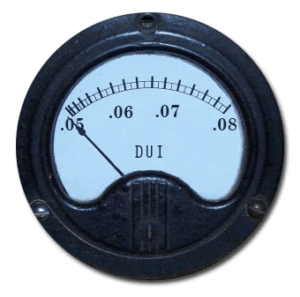 After a drunk driving incident and conviction, you may feel as if you’ve been through the wringer. You’ve probably had to cope with an administrative license suspension from your DMV. You’ve had a court hearing that determined the consequences for your actions. Now you have an ignition interlock device (IID) and a whole new routine you have to go through when you want to drive. Granted, you’re allowed to legally drive, but once the legal dust settles, you may still have a few questions about why you’ve got an IID and what it means to use it.
After a drunk driving incident and conviction, you may feel as if you’ve been through the wringer. You’ve probably had to cope with an administrative license suspension from your DMV. You’ve had a court hearing that determined the consequences for your actions. Now you have an ignition interlock device (IID) and a whole new routine you have to go through when you want to drive. Granted, you’re allowed to legally drive, but once the legal dust settles, you may still have a few questions about why you’ve got an IID and what it means to use it.
Your IID tests your blood alcohol concentration (BAC).
It seems simple, and it really is. Before you head to work or to run your errands, you blow into the device. The IID measures your breath sample for its BAC and then allows you to drive if you are under the pre-set limit. Most of the time, that BAC limit is set between .02 – .03 percent, allowing very little alcohol in your sample if any. The reason you are even allowed that much is because there are alcohol-based products you may use (mouthwash, medications) that can set off the device if traces of those products remain in your mouth. Anything above that amount may indicate you’ve had an alcoholic beverage or two, and that you are attempting to drive under the influence again.
Remember that when you were convicted of drunk driving, your BAC was at or above .08 percent if you were driving your own vehicle. A CDL driver can be convicted at .04 percent BAC. The low BAC limit of an IID is part of the consequences you face – you shouldn’t even consider drinking if you have an IID requirement.
Your IID alcohol reading, no matter the level, is part of the data that is transmitted during your normal service appointments. While you may be okay to drive at a low BAC limit as allowed by your IID, it is never good to push that limit at any time.

 Parental Responsibility: Florida Underage DUI
Parental Responsibility: Florida Underage DUI